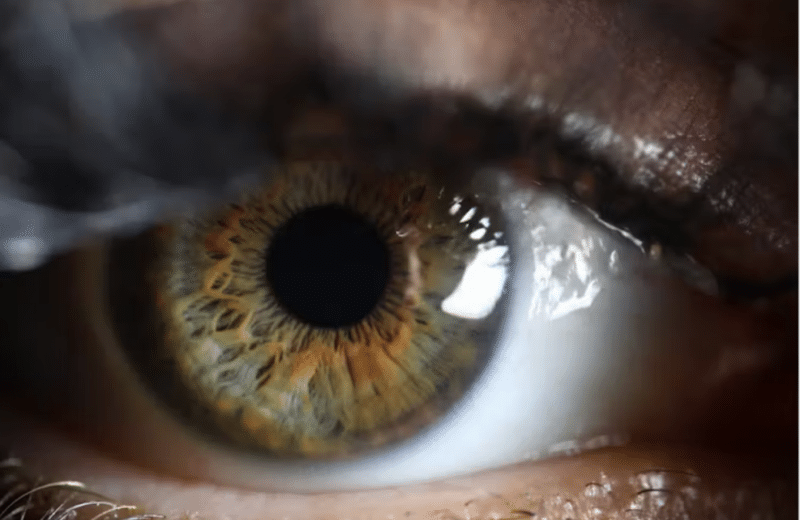They’re more comfortable, faster, and easier than ever
Fact checked by Derick Wilder
The first time I underwent magnetic resonance imaging (MRI) — one of roughly 30 million a year in the United States — I barely got through the experience. This was 10 years ago, and the tight, clangy tube, combined with an inability to move, was so alarming that I begged to be let out and endured only by force of will.
While MRI anxiety happens frequently, “There shouldn’t be any reason someone feels tortured by getting an MRI,” says Karen Cassiday, PhD, clinical psychologist and founder and managing director of the Anxiety Treatment Center of Greater Chicago.
This reaction is common apparently, happening in as many as 14% of MRI exams. Claustrophobia — a fear of suffocation and restriction in small spaces — sets in. Yet, MRI is key to letting physicians see into the soft tissues of the human body. And the tool is becoming increasingly common, as companies such as Prenuvo and Ezra promise full-body scans to help people catch health issues such as cancer early.
However, many physicians, including the American College of Preventative Medicine, caution against full-body MRI scans. They cite false positives, as well as wasted money and healthcare resources. Standard MRI scans remain necessary to diagnose certain health issues. These include some tumors, soft tissue injuries, spinal injuries, and internal organ diseases.
For many of us, mastering our potential anxiety will prove necessary.
My next MRI a decade later went better. A lot had changed in 10 years, driven in part by technological developments and the burgeoning business of MRI. The MRI machines have gotten a bit bigger, and more facilities have accommodations to ease patients’ experiences. Plus, I’d prepared myself by looking into methods for successfully distracting the mind.
On my journey, I learned that there are three main ways to improve the standard MRI experience: finding a better machine (and accessories), soothing your thoughts, and using sedation. Let’s dig deeper into each.
A better machine
The hole, or bore, in an MRI machine is designed to be small so that the powerful magnet inside can communicate with the coil mesh placed over the body part under examination. The signal between them, which creates the images the physician reads, needs to be extremely clear.
“To listen for that small signal, we need the machine as close as possible to that body part,” says Arun Krishnaraj, MD, chair of the American College of Radiology Commission on Patient and Family Centered Care. That’s why open MRIs give poorer image quality
However, from the patient’s point of view, machines have improved in recent years. Some of the changes include:
Larger bores. From 60 centimeters (about 2 feet wide), manufacturers now make bores of 70 and even 80 centimeters, according to Chris Farischon, senior product manager for the magnetic resonance business at Siemens Healthineers North America. Siemens Healthineers is the parent of several medical technology companies and a leading MRI manufacturer. The larger bore makes procedures more comfortable for many patients and accommodates a greater range of users.
Faster machines. Part of the difficulty for MRI patients is the length of time in the scanner while coping with loud noises and close quarters. Historically, Farischon says, “move too fast, you lose the image quality.” Now, artificial intelligence-based techniques have reduced scan times by half or more, depending on the body part. “If you know the amount of time will be reduced significantly, that should give you confidence that you can get through the procedure,” Krishnaraj says.
Quieter machines. Newer technology has started to decrease the sound while in an MRI, says Aaron Stonecipher, director of imaging services at Northwestern Medicine Palos Hospital. “However, people still need ear protection,” he adds.
More upgrades. Machine setup has become increasingly automated, so radiologic technologists have more time to answer questions and help patients feel relaxed. Also, wrapped coils placed on patients’ bodies are softer, lighter, and less confining, Farischon says.
More distractions. You can’t bring in headphones — no metal allowed because of the magnet. But because the technician needs to communicate with patients, a sound system is in place that can usually play a choice of music.
Some facilities also offer mirrored goggles for sightlines out of the machine, easing claustrophobic feelings. A countdown timer may be of some comfort, and a few facilities offer in-bore entertainment — videos or images. To dampen noise, some MRI facilities have MRI-compatible memory-foam pillows.
Self-calming techniques
Even with all of the MRI updates, you may do best by practicing and relying on your own calming techniques.
Do your research ahead of time. Your doctor can point you toward videos or websites that describe the procedure you’re set to undergo. Understanding the test’s purpose — and learning about newer machines or machine upgrades — may help, experts say.
Another approach: meditation or guided imagery — “deliberately trying to think of something that gives your mind and body positive associations,” Cassiday says. Guided imagery works both for people prone to panic attacks and those coping with a temporary situation such as an MRI scan. For example, you might remember an afternoon on a warm beach with the waves gently lapping, or a favorite hike through nature.
Medication
If you’re feeling particularly anxious, despite the machine updates and self-calming techniques, you have pharmaceutical support. The good news is that anxiolytics — the class of drugs that includes minor sedation — might be an option for you. While they’re considered short-acting, the bad news, Cassiday and Krishnaraj say, is that “short” is several hours, so the patient will need someone to drive them home after the scan.
Medications such as benzodiazepines “are typically well tolerated” as long as there are no conflicts with other drugs, Krishnaraj says. Staff tend to worry about heavy drinkers and people in their 80s and up, who may have an unsteady gait or a less efficient liver and kidneys. With the very elderly, “drugs tend to stay in the body longer,” Cassiday says.
Overall, facilities’ ability to upgrade software rather than invest in pricey new machines means a better experience for you, Stonecipher says. With supportive advice, self-calming techniques, and the right distractions, most people get through a scan successfully. I speak from experience.














